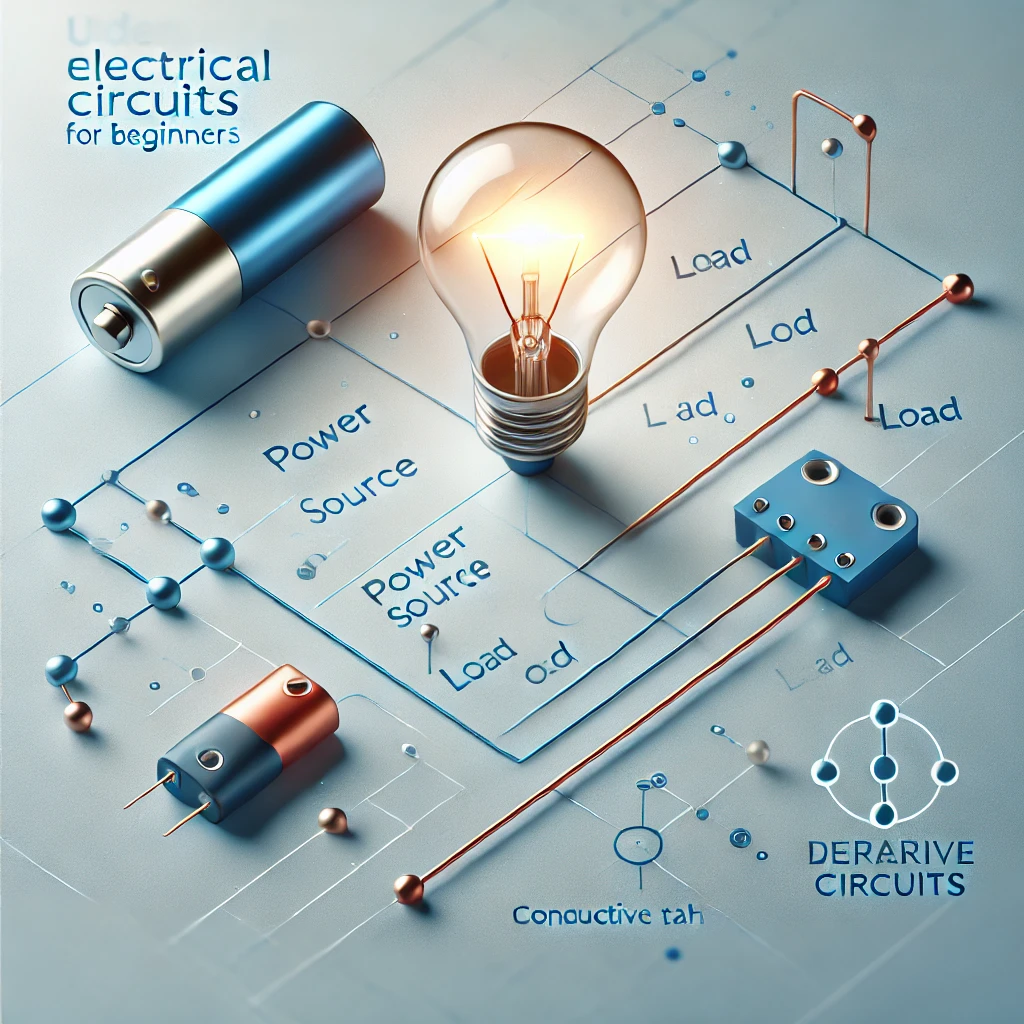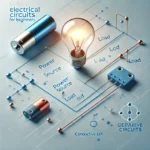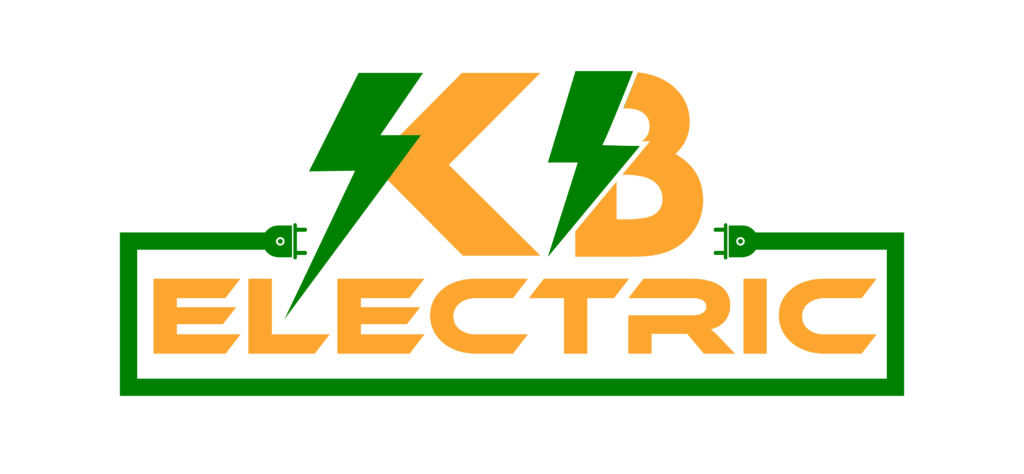Electrical circuits are the backbone of all electrical systems, whether it’s powering your home or running complex industrial machinery. For aspiring electricians, understanding how circuits work is the first step toward mastering the trade. This post will walk you through the fundamentals, the key components of circuits, and the differences between circuit types.
What Is an Electrical Circuit?
An electrical circuit is a closed loop that allows electricity to flow and power devices. Without a complete circuit, electrical current cannot move, making it impossible to operate anything electrical. Every circuit consists of three main components:
- Power Source: Provides the electricity, like a battery or power generator.
- Conductive Path: Usually wires that carry the current from the source to the device and back.
- Load: Any device or appliance that consumes electricity, such as a light bulb, motor, or heater.
Understanding these three parts is essential because they work together to ensure a circuit functions properly. Missing or damaged components can break the flow of electricity and render the circuit useless.
Types of Circuits
Circuits come in two main types: series and parallel. Each has its own unique features and applications:
- Series Circuits:
In a series circuit, all components are connected end-to-end, forming a single path for electricity. If one component fails, the entire circuit stops working because the flow of electricity is interrupted. For example, if one light bulb in a string of holiday lights goes out, all the others may stop working too. - Parallel Circuits:
In a parallel circuit, components are connected on separate paths, allowing electricity to flow through multiple routes. If one component fails, the rest can continue to operate because the circuit remains complete in other paths. Parallel circuits are commonly used in homes, where individual appliances operate independently.
Understanding the differences between these circuit types will help you diagnose issues and make the right choices when designing or repairing electrical systems.
Tips for Beginners
Here are some beginner-friendly tips to help you grasp electrical circuits more effectively:
- Start with Diagrams: Visualizing circuits with diagrams can make it easier to understand how electricity flows and how components are connected.
- Practice with Small Projects: Experiment with simple circuit kits that let you build and test basic designs like powering a light bulb or fan.
- Learn the Symbols: Familiarize yourself with common electrical symbols used in circuit diagrams, such as switches, resistors, and capacitors.
Conclusion
Understanding electrical circuits is a fundamental skill for any electrician. From the flow of electricity to the role of components like power sources, conductive paths, and loads, every detail matters. By mastering the basics, including the difference between series and parallel circuits, you’ll be better equipped to handle real-world electrical tasks. As you gain experience, you’ll find that this knowledge forms the foundation of more advanced skills, opening the door to a rewarding career in the electrical field.





